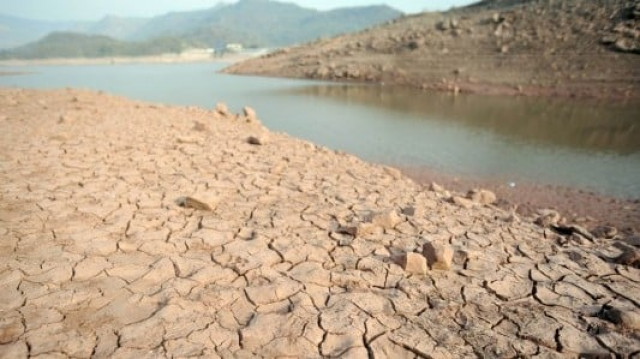Regional water disputes: Building dams just part of the solution
UNESCO urges hydro-diplomacy to address trans-boundary water issues confidently.

Pakistan shares it’s water resources with not just China and India but Afghanistan as well which was a challenge that needed to be addressed because it could lead to increased tensions between these countries.
During a policy dialogue held here at National University of Sciences & Technology (Nust) Dr Shahbaz Khan Chief of Water and Sustainable Development Section – Unesco elaborated on the need for an integrated approach addressing all four major challenges in water resources management in Pakistan; ie geopolitical diplomacy, technological investments, growing food and energy crises and climate change. “Building dams is just not the complete answer to the complex and stressful water future Pakistan is going to embark upon very soon” he said.
According to a statement issued by Unesco, emphasising on four challenges, including trans-boundary water sharing as of significant importance, to determine the future of water resources in the country. Khan stressed on introducing “Hydro diplomacy” as a key discipline in academia to solve country’s trans-boundary water issues confidently by our own experts rather than relying on others.
Khan added that there is an increased gap every day between the demand and supply of water and under the given statistics more than 50% per cent of this gap can be filled by investing on infrastructure like dams, to store what Pakistan at least have, today.
“Dams may not be the complete solution, unless there is also investment in knowledge and technological innovations.“said Khan. Presently Pakistan wastes almost 50% to 60% water resources from canals to field levels he said.
Moreover, population and consumption patterns of water usage were under discourse as well. It was said that with the increased population rate, Pakistan is already below critical water availability level of 1,000 cubic metres per capita per year. Future water and food needs suggest that there would be a gap 18 MMT (that is about 60% of the present demand) of food, by 2035, and if current practices doesn’t improve the power shortages in future are also going to be increased as demand will be doubled by 2025 of the present energy demand. This calls to include a mix of hydro fossil fuel and nuclear power to generate electricity.
Published in The Express Tribune, June 22nd, 2011.



















COMMENTS
Comments are moderated and generally will be posted if they are on-topic and not abusive.
For more information, please see our Comments FAQ